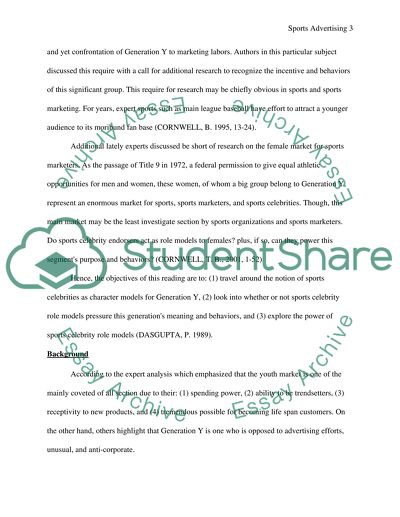Cite this document
(Definition of Sports Advertising Term Paper Example | Topics and Well Written Essays - 3500 words, n.d.)
Definition of Sports Advertising Term Paper Example | Topics and Well Written Essays - 3500 words. https://studentshare.org/marketing/1520833-sports-advertising
Definition of Sports Advertising Term Paper Example | Topics and Well Written Essays - 3500 words. https://studentshare.org/marketing/1520833-sports-advertising
(Definition of Sports Advertising Term Paper Example | Topics and Well Written Essays - 3500 Words)
Definition of Sports Advertising Term Paper Example | Topics and Well Written Essays - 3500 Words. https://studentshare.org/marketing/1520833-sports-advertising.
Definition of Sports Advertising Term Paper Example | Topics and Well Written Essays - 3500 Words. https://studentshare.org/marketing/1520833-sports-advertising.
“Definition of Sports Advertising Term Paper Example | Topics and Well Written Essays - 3500 Words”. https://studentshare.org/marketing/1520833-sports-advertising.


